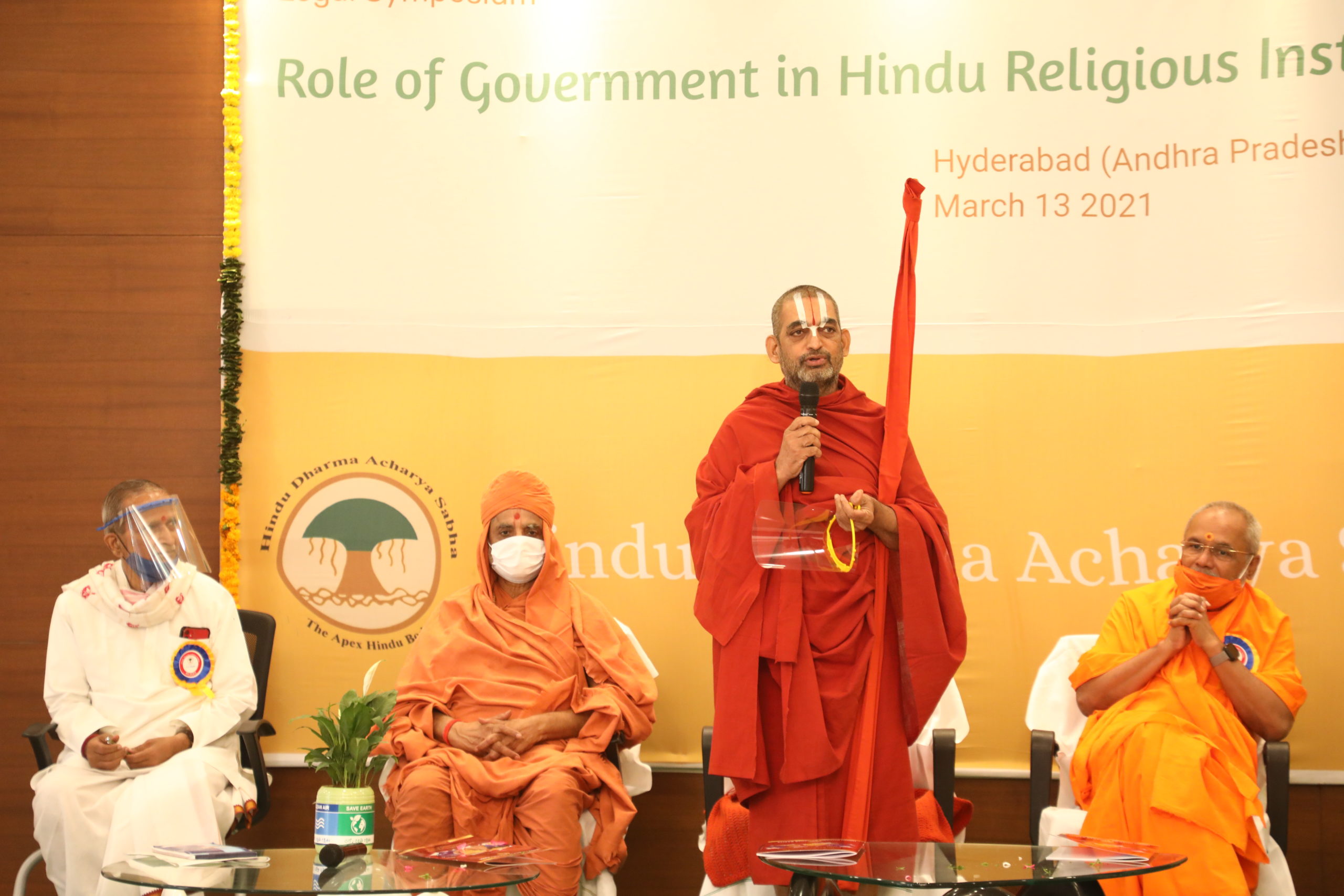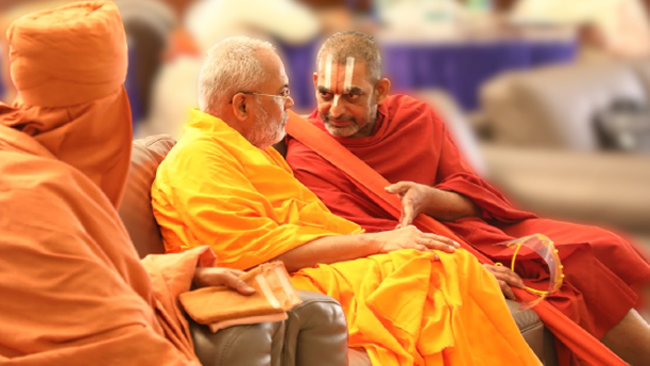Any IT student knows the town of Pilani for the famous BITS, Birla Institute of Technology and Science. Any medical student knows the town of Manipal for the famous Kasturba Medical College of Manipal. Everyone knows Nalanda for the famous University of Nalanda that obtained significant importance, prestige and relevance during ancient times, and rose to legendary status due to its contribution to the emergence of India as a great power around the fourth century.
These are university towns attracting thousands of earnest students every year. They were built with people supporting the growth of these educational institutes.
Similarly, there are temple towns built with the temple as the central focus. People based their profession to aid the functioning of the temple and the devotees visiting the temple from around the world. These towns include Sri Rangam, Mylapore, Triplicane, etc.
These temple towns are referred to as ‘first-class’ towns as per va:sthu sa:stra. The town is built surrounding a temple, which forms the base for all professions and activities.
Towns in which a temple was built along with the rest of the infrastructure are referred to as ‘second-class’ as per va:sthu sa:sthra.
Towns that were built without a temple, but later built a temple, are referred to as ‘third-class’ as per va:sthu sa:sthra.

A temple is a guiding light that can aid everyone to lead a value-driven life, not forgetting the purpose of life. Therefore, every town in earlier days was built with a temple as a base.
Kings allocated acres of land to temples so that the temple institution could remain intact, holistically energising the entire town. Over time, people found ways to lead a life with no such base. Therefore, we now see people confused, morally ill, or overly materially-focused.
King Dasaratha had 8 ministers. Four were masters in matters of civil life. Four were masters in scriptures including a:gama, ve:das, ithiha:sas, smurthis, etc. The king never took a decision about matters of a temple without consulting the appropriate ministers. This was seen in all kingdoms, including recent times when King Birendra of Nepal was the chief.
All activities in a temple must run in accordance to sampradaya and in guidance of the lineage of people who carry the tradition forward. There are two types of activities, dha:rmic (activities that include management and maintenance of temple) and ve:dic (yajna, uthsava, prasadam making etc., aka, religious).
Governments today are controlling the temple institution in dha:rmic activities.
This is not recommended. Why?

All dha:rmic activities require alignment of sampradaya. All ve:dic activities must be run by people practicing ve:dic knowledge. The activities must be run by the people belonging to the lineage who dedicated life in serving the temple for generations. Government’s control will dilute the process and the sanctity of the temple.
The Hindu Dharma Acharya Sabha consists of qualified professionals including lawyers, IAS officers, IPS officers, senior advocates who are filing case in courts to let temple institutions function as intended. The team is determined and driven to the cause. Hope government understands the cause and takes the right call.
University towns, such as Pilani and Manipal, are serving their purpose by creating thousands of graduates who help society with improved material lifestyle. Let all the temples and the temple towns also serve their purpose in gifting society with devotees who strengthen morals, ethics, and values shared by our rushis.
This happens when temples function as intended with a lineage of tradition, empowered by knowledge and practice, not by employed people who have no understanding of sampradaya. The role of government must therefore only aid the accepted way of functioning of the temples, rather than making any changes or taking control over the process.
– From the exemplary talk of HH Chinna Jeeyar Swamiji
– Hindu Dharma Acharya Sabha
– March 13 th , 2020



Jai Sreeannarayana Dasoham Audiyan, Great start
Jai srimannarayana swami 🙏🏻🙏🏻
Our HH chinna Jeer swamy very aptly opined without mincing words that temples be run by persons having knowledge of the sampradaya and Vedas. Can the govt say that the persons appointed by them as temple sdministrators possess such knowledge ? Not only this knowledge, , they donot possess even knowledge of temples. Places of worship and worshipping therein is a matter of sampradaya and tradition. Intervention in these matters without possession of these two qualifications may be compared to driving vehicle without knowing driving . It’s high time the govt, decontrols the temple administration and leave the same in… Read more »
Jai Sri man Narayana! Can people from other religions still can learn?
For example if there is a person seeking knowledge about prayers and practice remotely, will they be kicked out just because they are not born in Hindu religion?There are lot of people who are anonymously willing to learn at their own pace.
Jai Srimannarayana, Anyone can learn knowledge remotely. Swamiji’s YouTube channel is open to all.
Jai Srimannarayana
100 % True, there should be no interference of the Government or other institutions & it must be under the control of spiritually inclined people who are the strict followers of Sanatana Dharma.
Jai Shrimannarayan
Very well said Gurugaru!